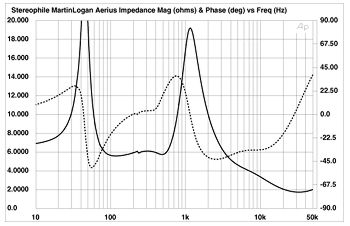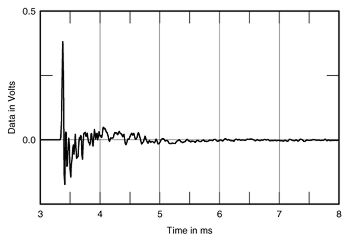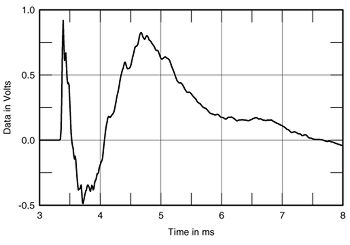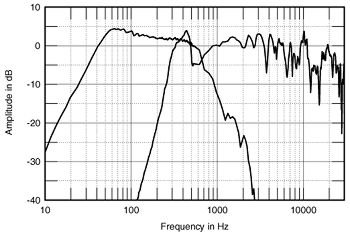| Columns Retired Columns & Blogs |
..I’ve rotated my Aerius i’s from primary 2-ch to my HT. They are great paired with the Cinema center channel. One of the panels died about 9 yrs ago so I ordered a pr from ML and replaced both...pretty much plug and play. They really are an incredible speaker given their modest price.









































